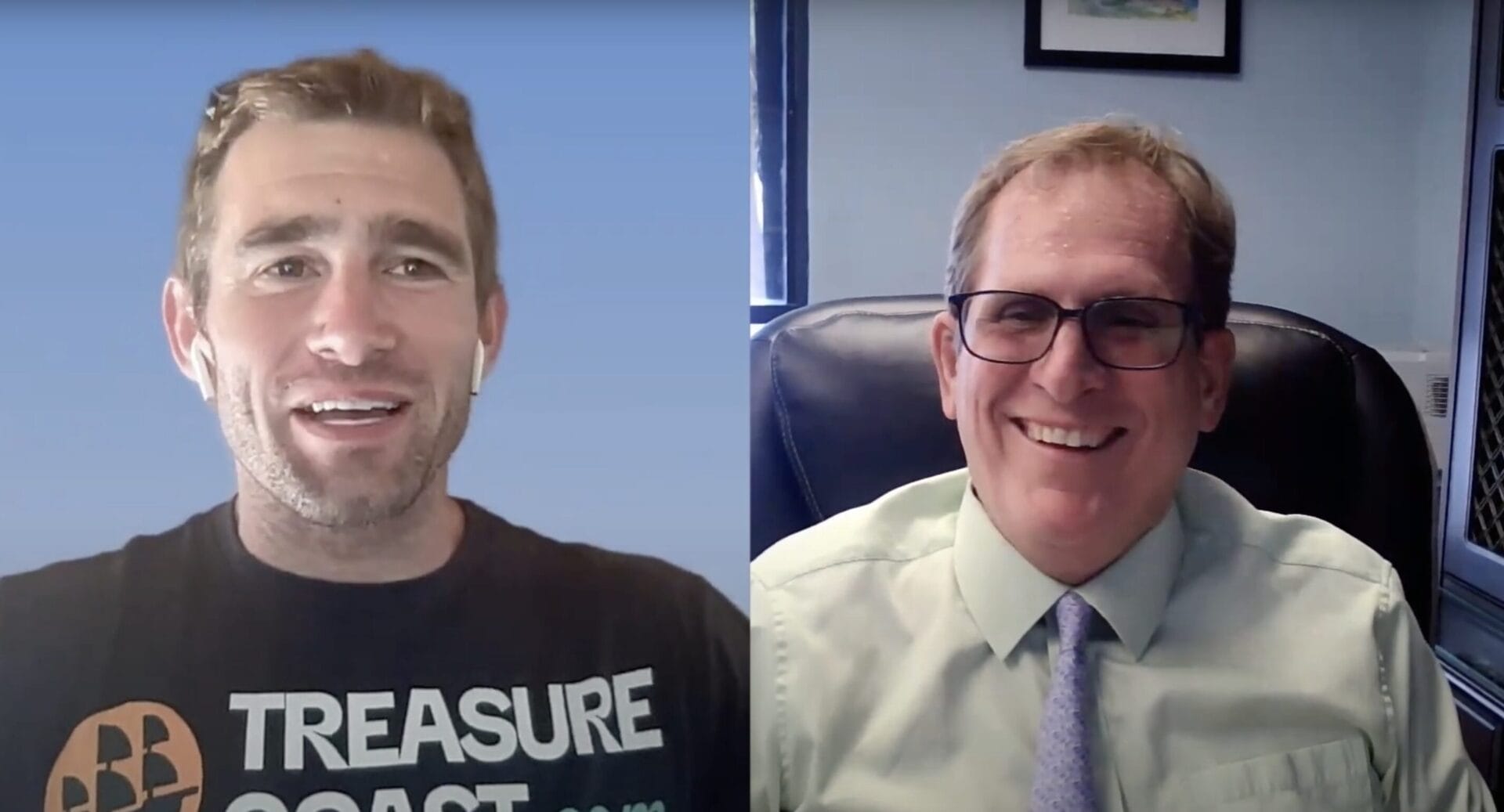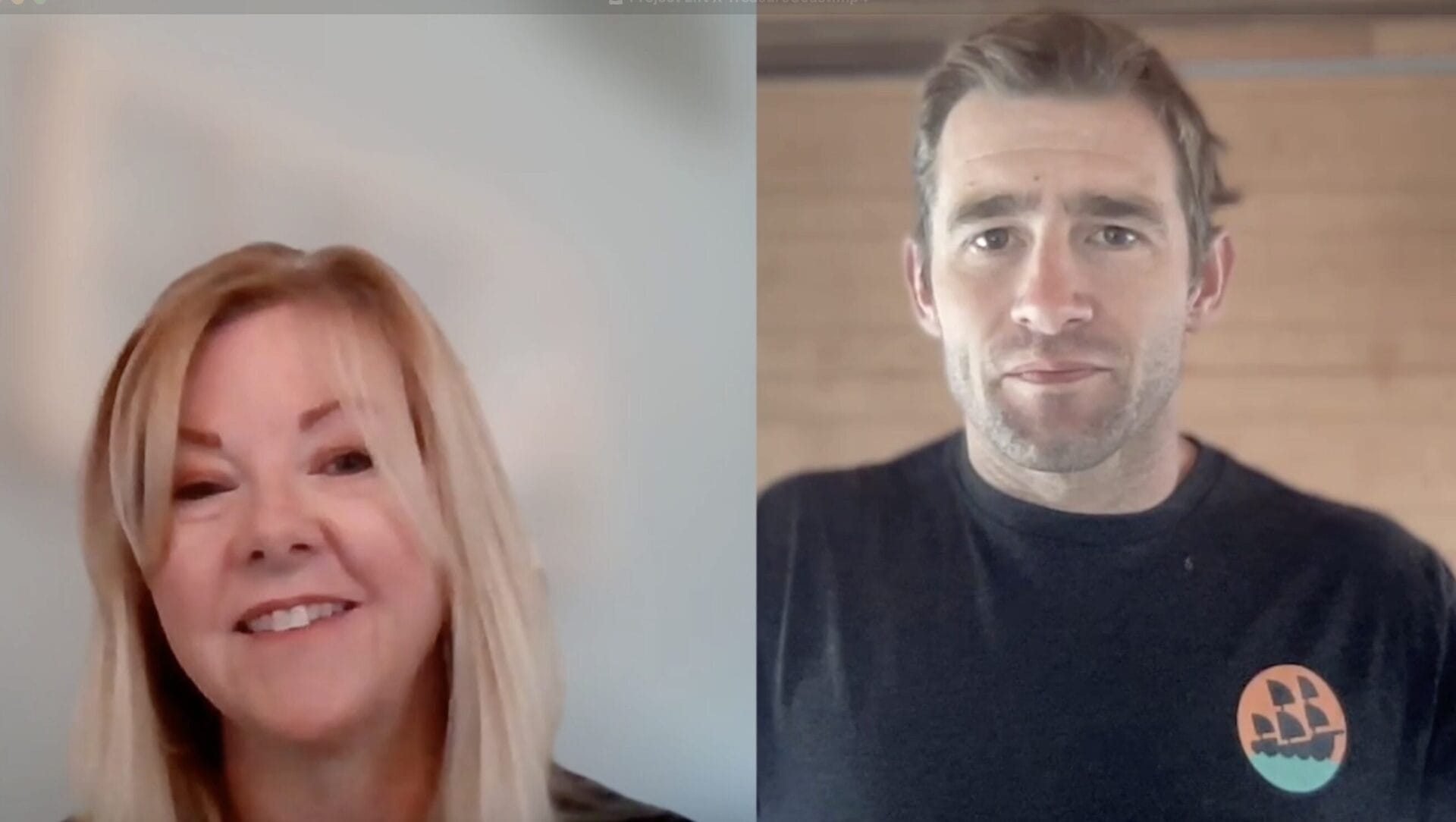Michael Mortell, City Manager of Stuart, Florida, joined The Current Podcast by TreasureCoast.com to provide an unfiltered and clear-eyed look into how local government operates, what’s happening with development in Stuart, and what residents should know about it.
Mortell’s background is deeply rooted in the community. A graduate of Martin County High School, he returned to Stuart after law school to open a private legal practice. He went on to serve on various city boards, as a city commissioner, city attorney, and now as city manager. With over three decades of service in some form, Mortell is familiar with Stuart from every angle: resident, policymaker, legal advisor, and administrator.
Understanding the City Manager’s Role
In this episode, Mortell outlines the key differences between setting policy and implementing it. City commissioners make decisions, often under public pressure. City staff, including Mortell, carry out those decisions. But when public backlash arises, residents sometimes mistakenly direct blame toward staff rather than legal frameworks guiding development.
📺 Watch: Commissioner Sean Reed Returns to Talk Stuart Zoning, Variances, Conservation, and More
This misunderstanding, according to Mortell, reflects a broader issue: many residents are unclear on how cities work. For instance, when development occurs, people assume the city is selling land or driving growth. In reality, most land in Stuart is privately owned. If zoning allows for a particular use, and a private landowner follows legal procedures, the city cannot deny that development. This includes projects like Brightline or apartment complexes.
Stuart’s Growth & Population Projections
One of the most eye-opening parts of the conversation comes when Mortell discusses population growth. Many residents fear Stuart booming out of control. However, according to regional projections that Mortell mentions, Stuart’s population is likely to increase by only about 1,500 people by 2055.
Meanwhile, neighboring Port St. Lucie is expected to grow from around 260,000 people today to nearly 950,000 by 2055. That shift will put more traffic on roads like East Ocean Boulevard as people pass through Stuart to reach the beach. And while this traffic will increase, it’s not being caused by development within the City of Stuart itself.

Brightline: Parking & Impact on Stuart
Another critical issue discussed is the Brightline train station. Some residents feared it would bring congestion, strain parking, and change the character of Downtown Stuart. Mortell explained some unbiased numbers behind the project. For example, 2.4 million people already visit Martin County each year. Most come from South Florida or Orlando.
If just 10% of them come by train instead of by car, that would remove up to 120,000 vehicles from local roads annually. This is separate from issues such as who is paying for the station, which has caused much of the uproar among locals and elected officials.
Roads & Infrastructure: Community Choices vs. FDOT Plans
The conversation also covers infrastructure. Mortell explains that FDOT once proposed widening US-1 and building a flyover at Jensen Beach Boulevard. Stuart declined, opting instead to preserve the slower pace and pedestrian-friendly nature of the city. Residents voted to turn travel lanes on Colorado Avenue into parking spaces, encouraging walkability and small business growth. These choices reflect community values, even if they result in longer commutes.
The Future of Stuart
Toward the end of the episode, Mortell discusses how broader urban planning principles apply locally. High-rise redevelopment, in his opinion, won’t happen in Stuart, as the economics don’t work. Unlike places like Broward County, where older buildings are demolished and replaced with towers, Stuart has strict height limits and a small-scale charm that can’t be replicated by dense urbanization. The cost of replacing a 3-story building with a 4-story one, Mortell says, simply doesn’t make sense.
That charm, however, creates its own pressures. Stuart’s popularity means more people visit, and some decide to stay. But with firm zoning laws, limited land, and strong community involvement, rapid change is something that isn’t expected. Mortell predicts that future growth will be modest and deliberate.
For residents of Stuart and the broader Treasure Coast, this episode is a valuable resource. It offers data on growth, infrastructure, and housing. Whether you’re a longtime local, visitor, or new to the area, Mortell’s insights help frame current challenges in a broader context and show how Stuart plans to stay true to its identity in the face of regional change.







